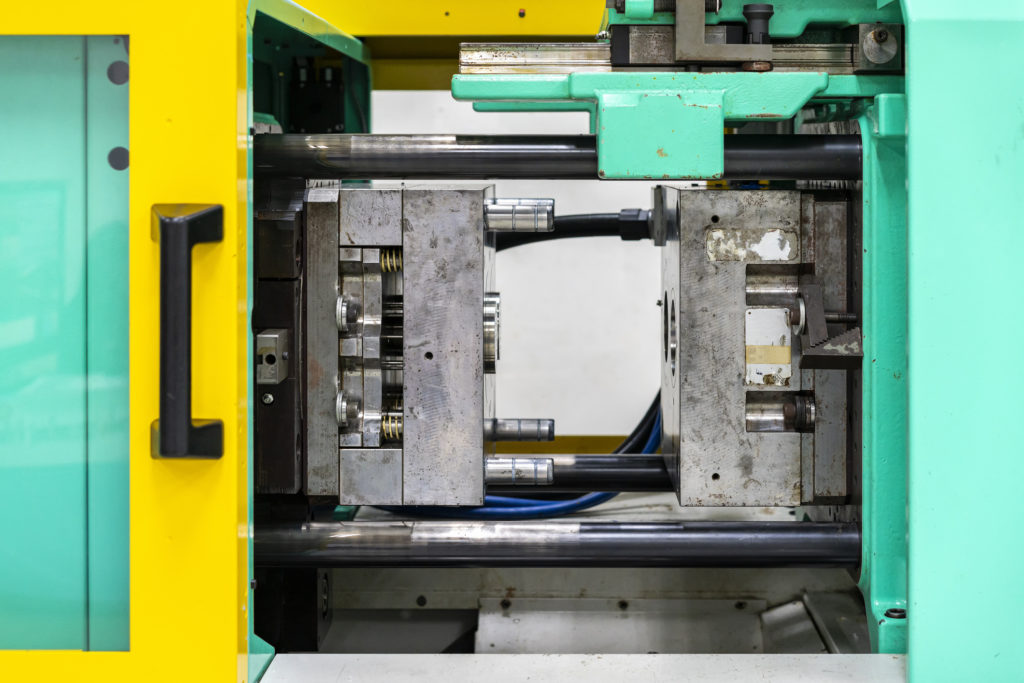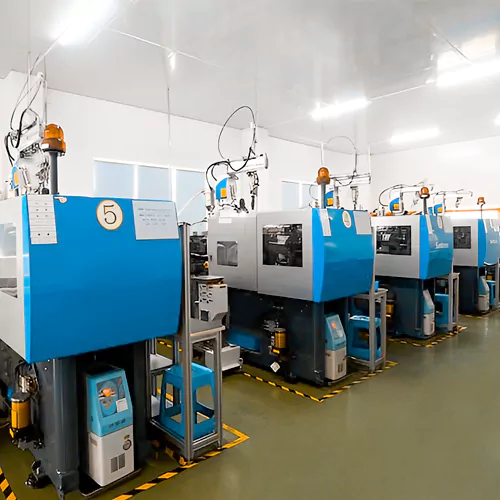Why Plastic Injection Molding Is Necessary for Accuracy and Durability
Wiki Article
Recognizing the Essentials of Plastic Injection Molding Processes
Plastic injection molding serves as a keystone of modern production, providing a methodical strategy to generating complicated elements with accuracy. This procedure not just encompasses the fundamental actions of melting and injecting materials right into mold and mildews yet also includes a nuanced understanding of numerous affecting factors, such as temperature level and stress. As sectors progressively demand performance and high quality, the details of this methodology become more vital. Exploring these crucial aspects might disclose exactly how even minor changes can lead to considerable enhancements in production results, increasing inquiries regarding the possibility for technology in this well established process.What Is Plastic Injection Molding?
Plastic injection molding is an extensively utilized manufacturing procedure that changes polycarbonate and thermosetting products into precise and intricate shapes. This strategy is favored for its ability to generate high volumes of identical get rid of phenomenal accuracy, making it an essential technique in various sectors, including auto, consumer goods, and clinical devices.
The process involves thawing the picked plastic product and infusing it into a mold under high stress. The mold and mildew, created to the requirements of the preferred part, permits the liquified plastic to form as it strengthens and cools down. Once the product has actually hardened, the mold and mildew is opened up, and the ended up component is expelled.
Plastic shot molding offers several advantages, consisting of decreased waste, uniformity in manufacturing, and the capacity to include detailed layouts that might be challenging with various other making methods. Additionally, it sustains a wide series of materials, each providing one-of-a-kind buildings that can be customized for specific applications. As markets proceed to introduce, plastic shot molding stays at the center, enabling the development of advanced products that meet progressing customer needs.
The Injection Molding Refine
The shot molding process is an advanced technique that entails numerous crucial phases to produce premium plastic parts. Plastic pellets are fed into a warmed barrel where they are thawed into a thick fluid. This molten plastic is then injected under high stress right into a precision-engineered mold and mildew, which forms the material into the desired form.As soon as the mold and mildew is filled up, the plastic is permitted to strengthen and cool down, taking the shape of the mold cavity. Cooling time is essential, as it impacts the cycle time and the final properties of the shaped part. After adequate air conditioning, the mold and mildew opens, and the ended up part is ejected using ejector pins.

Materials Utilized in Shot Molding
Different materials can be utilized in the injection molding process, each offering unique residential properties that deal with specific applications. The most commonly used products include thermoplastics, thermosetting plastics, and elastomers.
Thermosetting plastics, like epoxy and phenolic materials, go through a chemical change during the curing procedure, leading to a rigid, inflexible structure. These products are excellent for applications requiring high warmth resistance and his explanation architectural stability, often used in auto parts and electric insulators.
Elastomers, including silicone and rubber-based products, offer flexibility and strength. Their distinct homes make them ideal for applications that demand elasticity, such as gaskets and seals.
Furthermore, specialty materials like bio-based plastics and compounds are getting grip for their environmental benefits and boosted performance qualities, widening the extent of shot molding applications in numerous markets. Understanding the properties of these materials is essential for choosing the appropriate type for particular jobs.
Benefits of Shot Molding
Injection molding stands apart as a highly efficient production procedure that supplies countless benefits for creating intricate components with accuracy. One of one of the most considerable advantages is the capability to produce intricate designs that would be tough or difficult to accomplish with other methods (Plastic Injection Molding). The procedure enables thorough attributes and tight tolerances, making certain top quality componentsIn addition, injection molding is recognized for its quick manufacturing abilities, making it a perfect selection for high-volume manufacturing. Once the mold and mildew is produced, parts can be created rapidly, reducing preparations and enhancing overall productivity. This performance look at more info not only lowers see this website production costs yet likewise gives an one-upmanship in the marketplace.
The adaptability of materials utilized in shot molding even more boosts its allure. A large range of thermoplastics and thermosetting polymers can be employed, enabling suppliers to select materials that best satisfy their details demands, including strength, versatility, and warmth resistance.
Furthermore, the procedure reduces waste, as excess material can typically be reused and recycled. This sustainability element contributes to a minimized ecological influence, making injection molding a responsible manufacturing option. On the whole, the advantages of shot molding make it a recommended approach for several sectors.
Factors Influencing Item Quality
While various variables can affect product quality in injection molding, recognizing these elements is important for attaining optimal outcomes. Trick facets consist of product choice, processing specifications, and mold style.Product selection plays an essential duty, as various polymers display unique residential properties that influence flowability, toughness, and thermal stability. Insufficient material choice can result in flaws such as bending or insufficient filling.
Processing specifications, consisting of temperature level, pressure, and cycle time, need to be meticulously regulated. Variations in these settings can cause disparities partially measurements and surface area coating. Excessively high temperatures might trigger degradation of the polymer, while inadequate pressure can result in brief shots.
Mold style is similarly vital, as it determines the flow of the molten plastic and the cooling process. Poorly made mold and mildews may lead to irregular air conditioning rates, causing dimensional inaccuracies and recurring anxieties.

Conclusion
Finally, plastic injection molding works as a crucial manufacturing process that enables the reliable production of top notch parts. Proficiency of the injection molding process, including the understanding of materials and the impact of numerous variables on product quality, is important for achieving optimal outcomes. The benefits of this method, such as cost-effectiveness and design flexibility, further underscore its significance throughout several markets, strengthening its standing as a favored choice for high-volume production.Plastic shot molding offers as a cornerstone of modern production, supplying a systematic method to producing intricate parts with accuracy.Plastic shot molding offers numerous advantages, including decreased waste, uniformity in production, and the capacity to include complex styles that might be challenging with various other making approaches (Plastic Injection Molding). As industries proceed to innovate, plastic injection molding stays at the center, allowing the advancement of sophisticated items that satisfy evolving customer needs
The injection molding process is an innovative method that entails a number of key phases to produce premium plastic elements.In verdict, plastic injection molding serves as a critical production procedure that enables the effective manufacturing of high-quality parts.
Report this wiki page